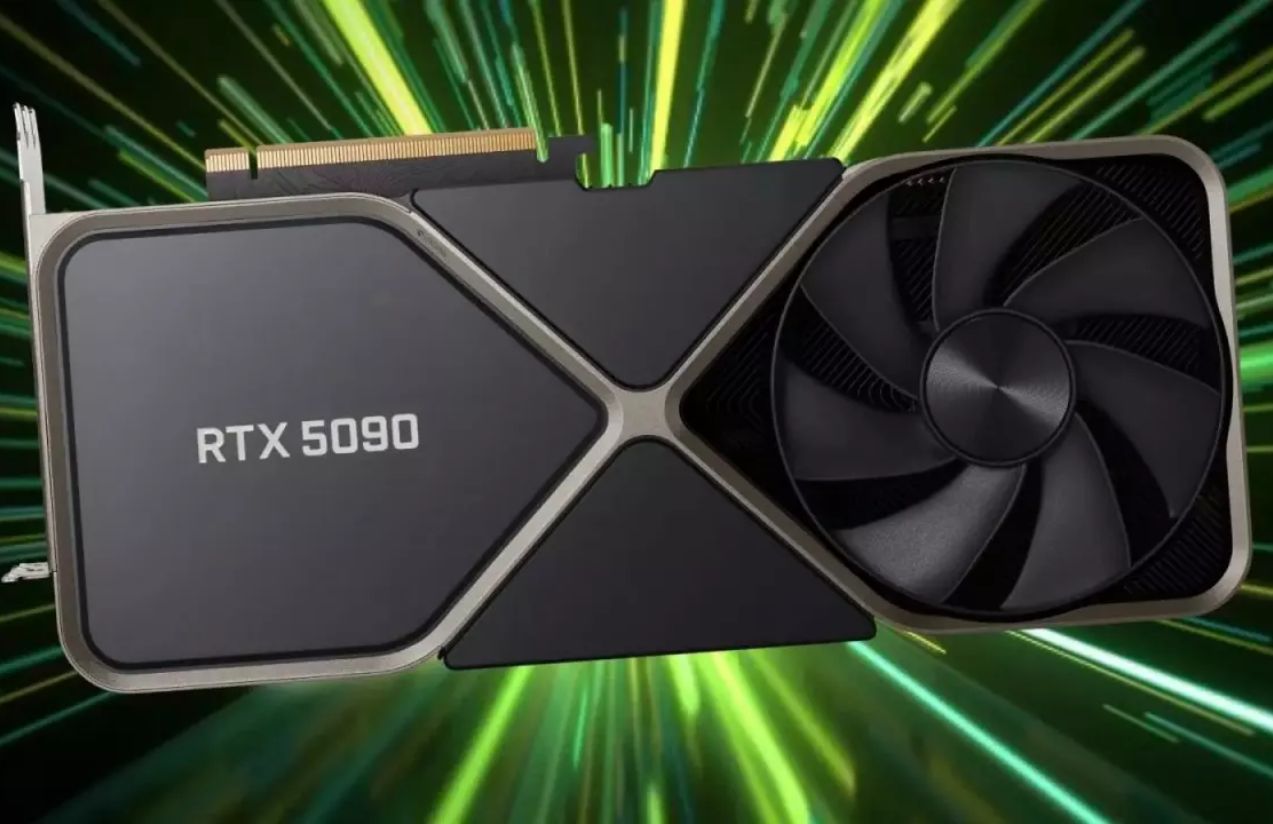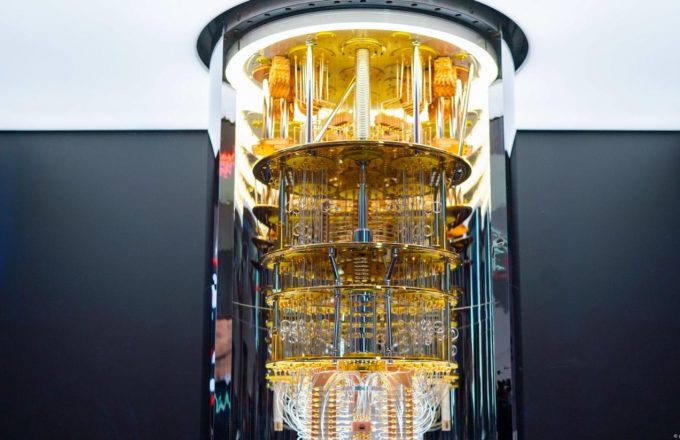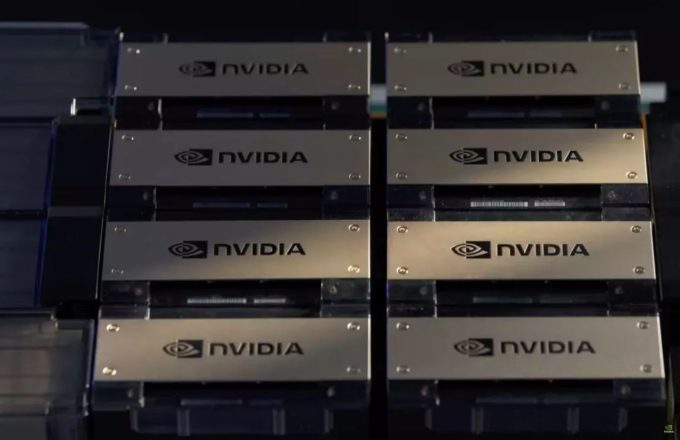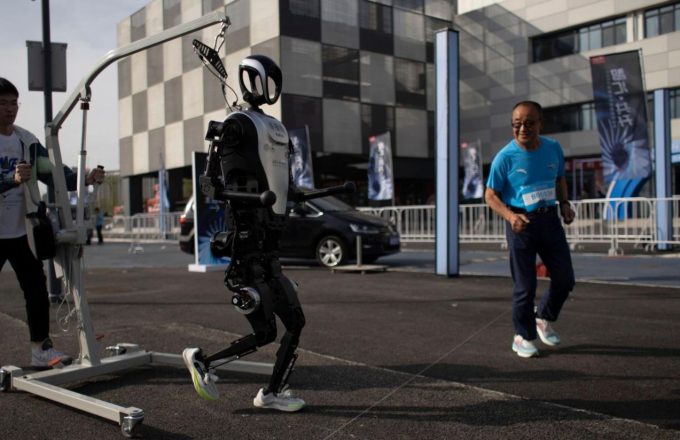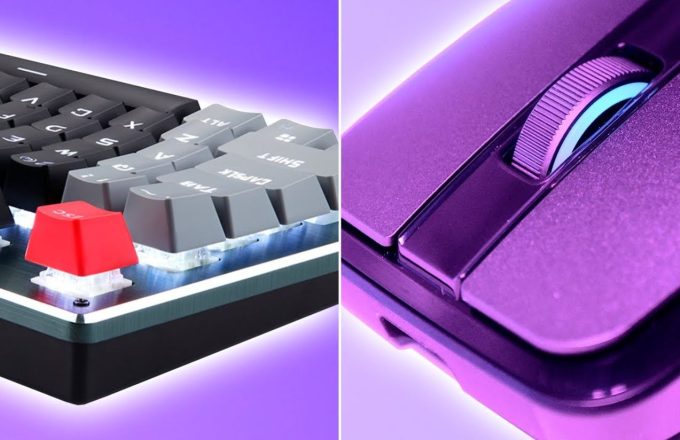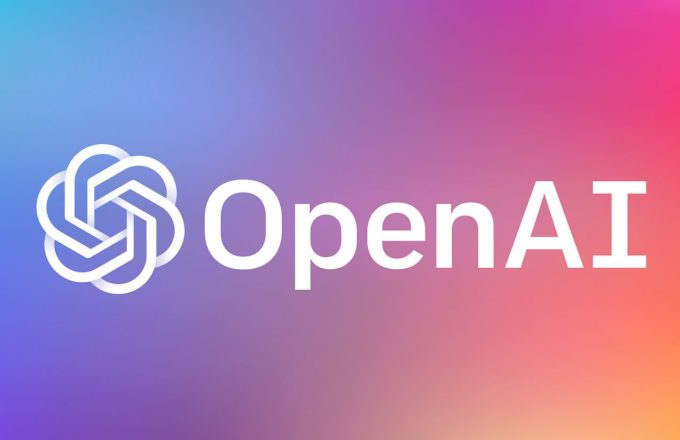In recent months, NVIDIA graphics card users have voiced increasing frustration over the unstable performance of the company’s latest drivers. Ongoing issues have forced many users to roll back to previous versions to avoid complications, and the most recent updates seem to have introduced new problems instead of resolving the old ones.
Drivers are essential components that enable hardware to communicate effectively with system software. When poorly implemented, they can cause significant errors that users typically cannot fix on their own. As a result, the options are often limited: revert to a stable version or wait for a new update that addresses the issues. However, NVIDIA’s recent history suggests that every patch might fix one problem while causing others.
The situation has been further complicated by the release of the RTX 50 series. Less than a week ago, NVIDIA launched the RTX 5060 Ti, a mid-range graphics card that has received a lukewarm reception. Beyond criticism over its pricing, power consumption, and underwhelming performance gains compared to previous generations, a new and serious concern has emerged—its software.
Driver performance has become a key point of contention. Not only are the new drivers failing to enhance the functionality of these GPUs, but they also seem to be breaking critical features. A look at the recent update schedule reveals the gravity of the situation: NVIDIA has gone from releasing drivers every six weeks to pushing out fixes every two weeks to address major bugs.
One of the most serious issues reported is that some GPUs either stop working entirely or cause system crashes. While the latest update—driver version 576.02—has partially addressed these crashes, it has also introduced a new bug: the temperature sensors on some cards have stopped functioning. Several users report that their GPUs are stuck at a constant reading of 21°C, an unrealistic number given the power these cards consume. Others note that clock speed readings are also being misreported by popular monitoring tools.
Although NVIDIA is expected to fix these problems in future updates, uncertainty remains. Each new patch feels like a gamble—and with every failure, user trust continues to erode.


